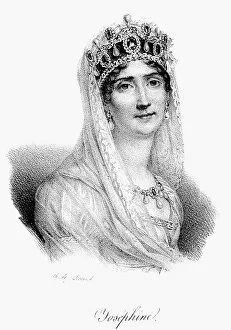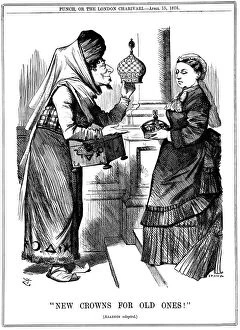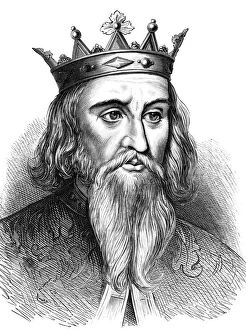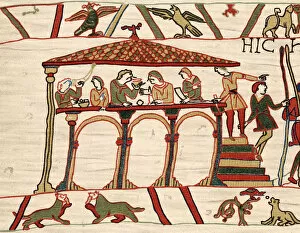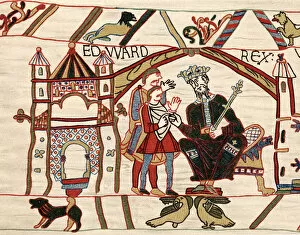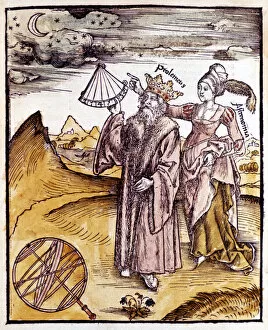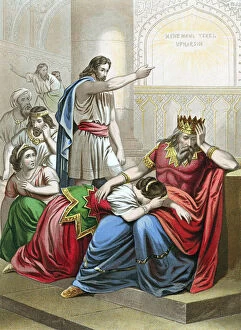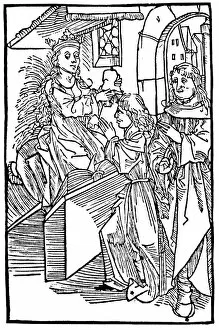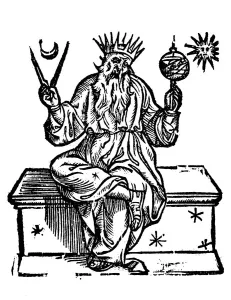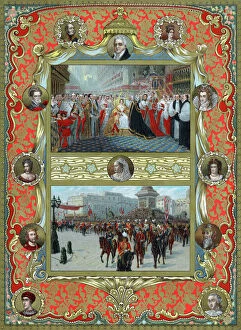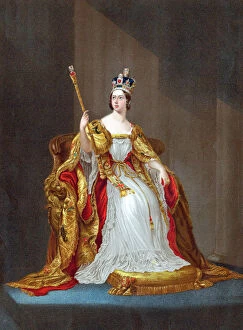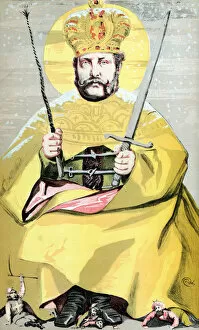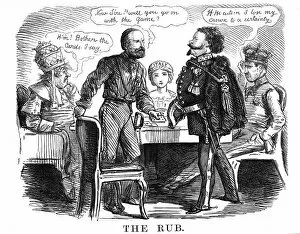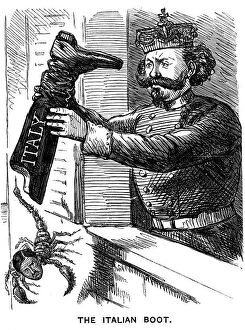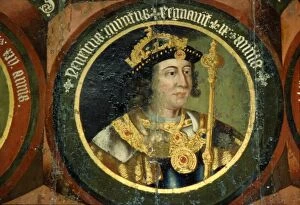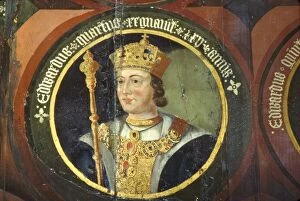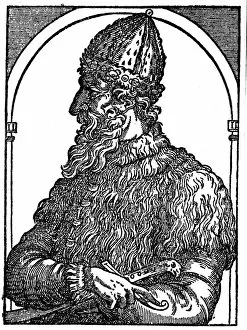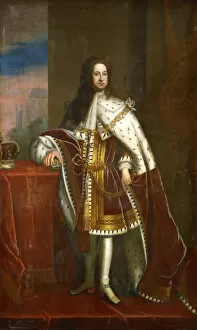Crown Collection (#98)
Crowned with grace and majesty, Queen Elizabeth II reigns over the United Kingdom and Commonwealth
For sale as Licensed Images
Choose your image, Select your licence and Download the media
Crowned with grace and majesty, Queen Elizabeth II reigns over the United Kingdom and Commonwealth. This royal command portrait, captured at Buckingham Palace, showcases her regal presence that has captivated the world for decades. In this timeless photograph from 1953, Her Majesty Queen Elizabeth II exudes elegance and strength as she wears a crown adorned with jewels fit for a queen. As the King of Kings once said during World War II, 'We shall not flag or fail. ' These words resonate even today as we admire Queen Elizabeth II's unwavering dedication to her duties and country. Her resilience mirrors that of Winston Churchill's powerful speeches during those trying times. Her radiant beauty is enhanced by the glittering jewels adorning her hair and throat as she arrives in Sweden. The sparkle reflects not only her status but also symbolizes the rich history behind each precious gem. From Virgen del Carmen tilework in Malaga to Royal Coat of Arms representing centuries of tradition, symbols of royalty are found throughout Europe. HRH Queen Elizabeth II embodies these traditions while embracing modernity with grace. The Queens Crown holds more than just symbolic value; it represents an unbroken lineage stretching back through generations. It serves as a reminder of the responsibilities bestowed upon Her Majesty - to protect and serve her people faithfully. In every aspect of life, whether it be leading nations or cherishing cultural heritage, Queen Elizabeth II exemplifies what it means to wear a crown.




